The Impact of Technology on Sleep: Finding Rest in a Wired World
Selected theme: The Impact of Technology on Sleep. Tonight, let’s step into the glow of our screens and ask a brave question: how much is technology shaping the way we drift, dream, and wake? Join the conversation, subscribe for mindful sleep stories, and share your own tech-sleep journey with us.
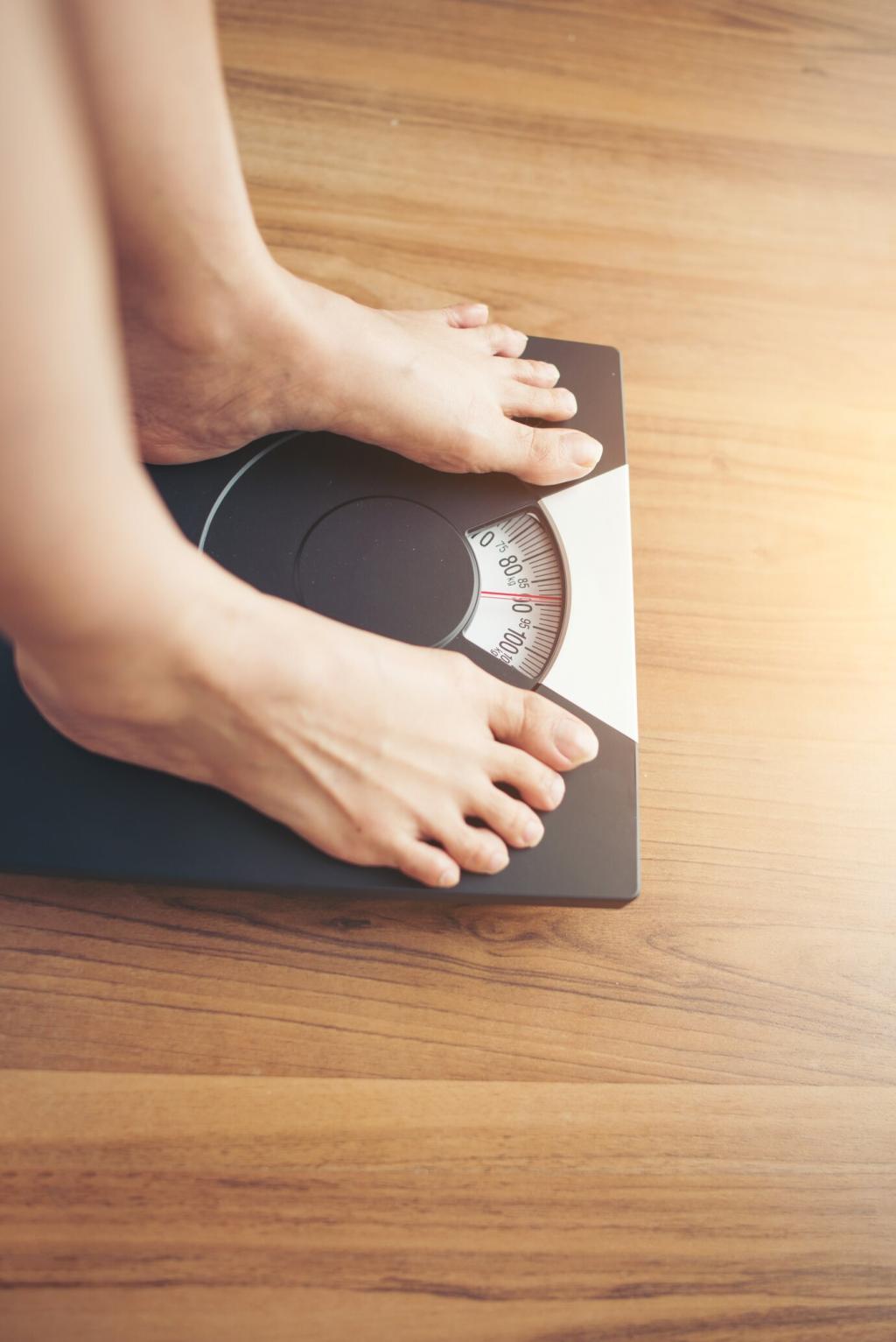
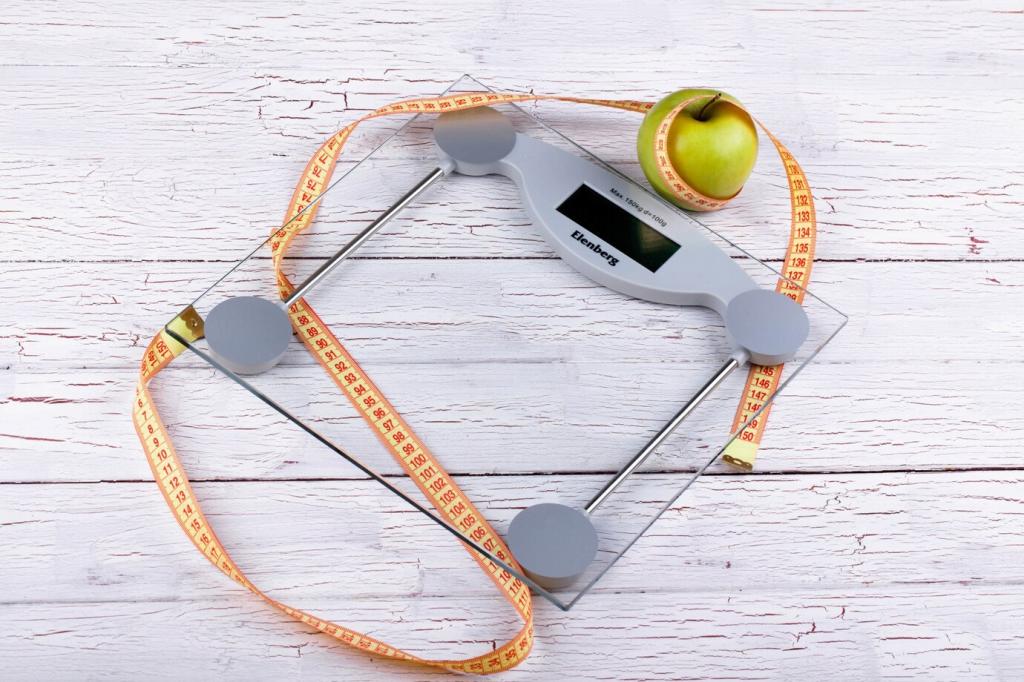
Blue Light and Your Internal Clock
Blue light in the 460–480 nm range is particularly potent at suppressing melatonin, the hormone that signals nighttime to your brain. That’s why one more episode often becomes two, and bedtime drifts later without you noticing. Have you felt this pushback? Tell us in the comments.
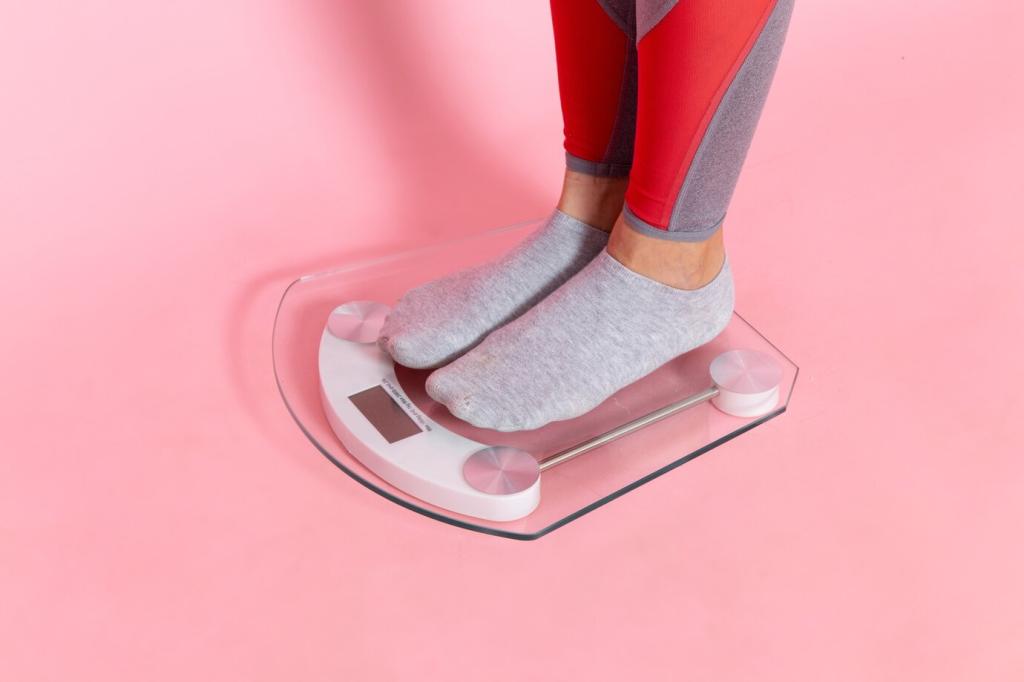
The Startle Effect of Late-Night Alerts
A single buzz can reset your wind-down. Micro-adrenaline spikes from notifications trigger vigilance, making your pillow feel like a conference room. Enable scheduled Do Not Disturb, and tell us which settings genuinely quiet your nights.
Doomscrolling and Emotional Arousal
Anger, excitement, or sadness from late news fuels cognitive arousal. Sleep likes safety and routine, not cliffhangers and outrage. Consider a news curfew and a gentle audiobook instead. What bedtime replacements have helped you? Share recommendations for fellow readers.
Social Accountability for Sleep
Friends text late; you reply. Suddenly midnight feels early. Create a shared sleep pact with your group chat: no messages after a certain time. If you try it this week, comment your agreed hours, and subscribe for a printable pact template.
Wearables and Sleep Trackers: Help or Hype?
Most consumer trackers estimate stages using movement and heart-rate patterns, not clinical sleep studies. They offer helpful trends, not medical diagnoses. Use patterns as guidance, not gospel. Do you track your sleep? Tell us what data actually changes your habits.
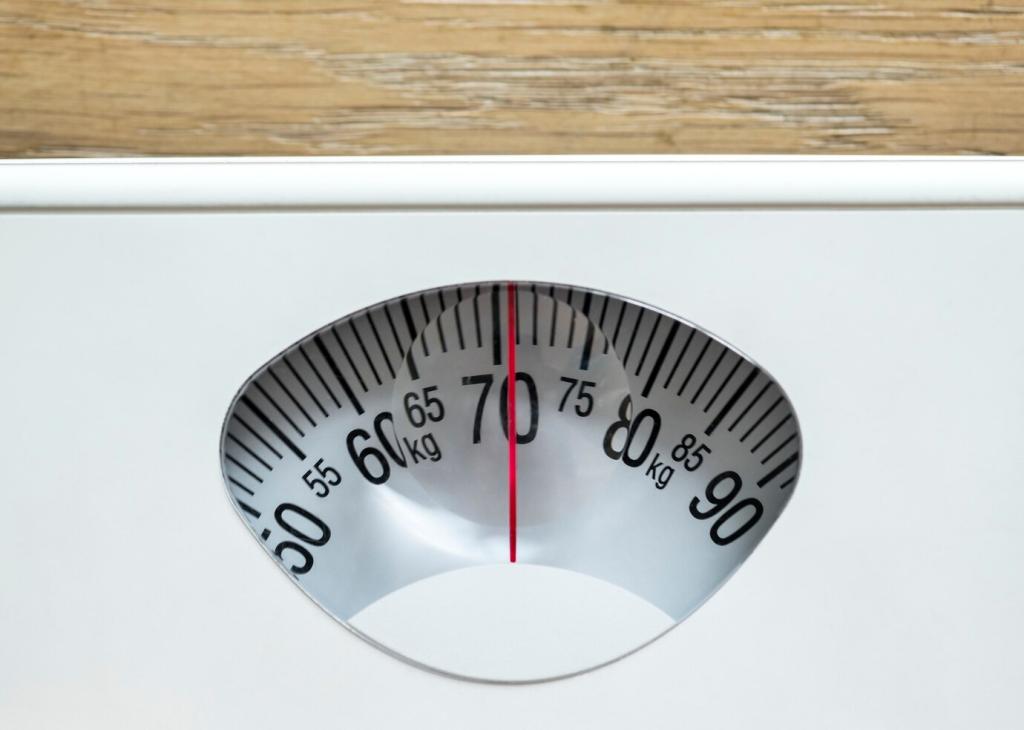

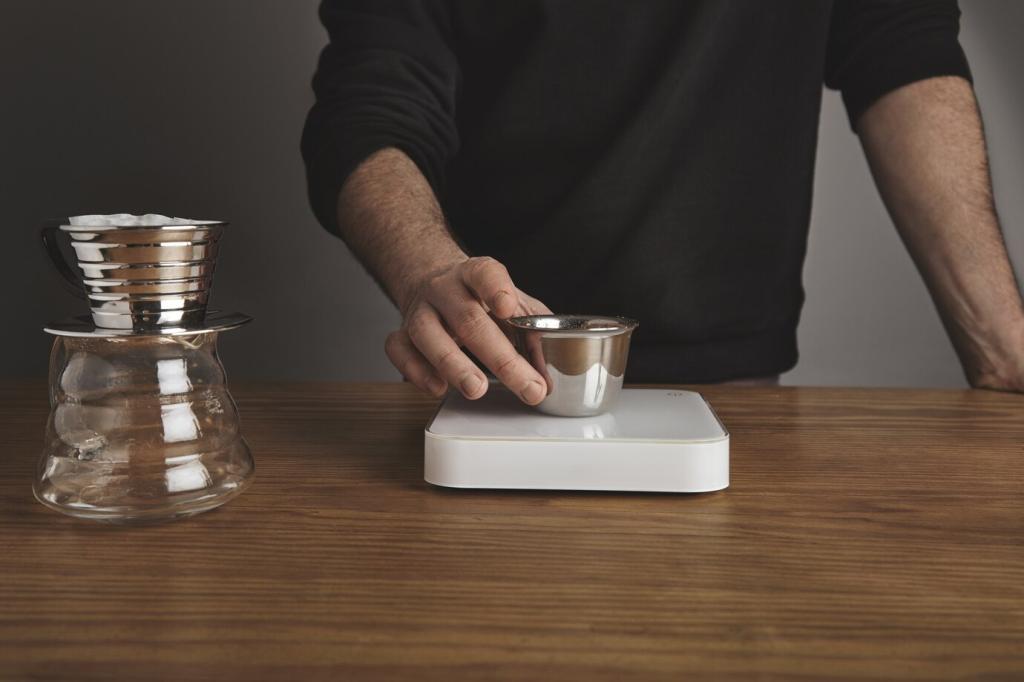
Designing a Tech-Smart Evening Routine
Pick a charging station in your hallway or kitchen, and set an alarm to dock devices an hour before bedtime. Distance creates friction against mindless scrolling. If you try this tonight, comment how it changed your wind-down mood.
Designing a Tech-Smart Evening Routine
Replace bright screens with soft rituals: a warm shower, dim lamps, gentle stretching, or an e-ink reader. These tell your brain that uncertainty is over for the day. Subscribe for our 7-night ritual ladder to build habits gradually.
Stories from the Bedroom: A Week Without the Glow
They kept reaching for a phone that was not there. Anxiety rose at first, but journaling in a notebook softened the itch. Comment if you have felt the same phantom reach, and how you gently redirected it.
Stories from the Bedroom: A Week Without the Glow
A dedicated reading chair, herbal tea, and a lamp with an amber bulb turned evenings into a ritual. Sleep latency shortened, and morning mood improved. Join our newsletter for a printable evening checklist inspired by this experiment.
Stories from the Bedroom: A Week Without the Glow
They rediscovered quiet conversation with a partner, then fell asleep faster without device debates. The gain was not only sleep, but closeness. Share a small change that brought unexpected comfort to your nights.
Family Charging Basket and Visual Curfews
Place a visible basket in the living room where devices sleep by a set time. Use a kitchen timer for younger kids to signal transitions. If your family tries this, tell us how you customized the rules for different ages.
Modeling Matters More Than Lectures
When adults scroll in bed, kids learn that bedtime rules are flexible. Choose one shared family commitment—no screens in bedrooms—and celebrate streaks together. Subscribe for our kid-friendly sleep chart and reward ideas that focus on effort, not punishment.
Content Type Counts
Fast-paced games and social comparisons spike arousal before bed. Encourage calmer evening activities: drawing apps on tablets with blue-light filters or audiobooks on a smart speaker. Share your go-to low-arousal apps so other parents can build a gentle evening menu.
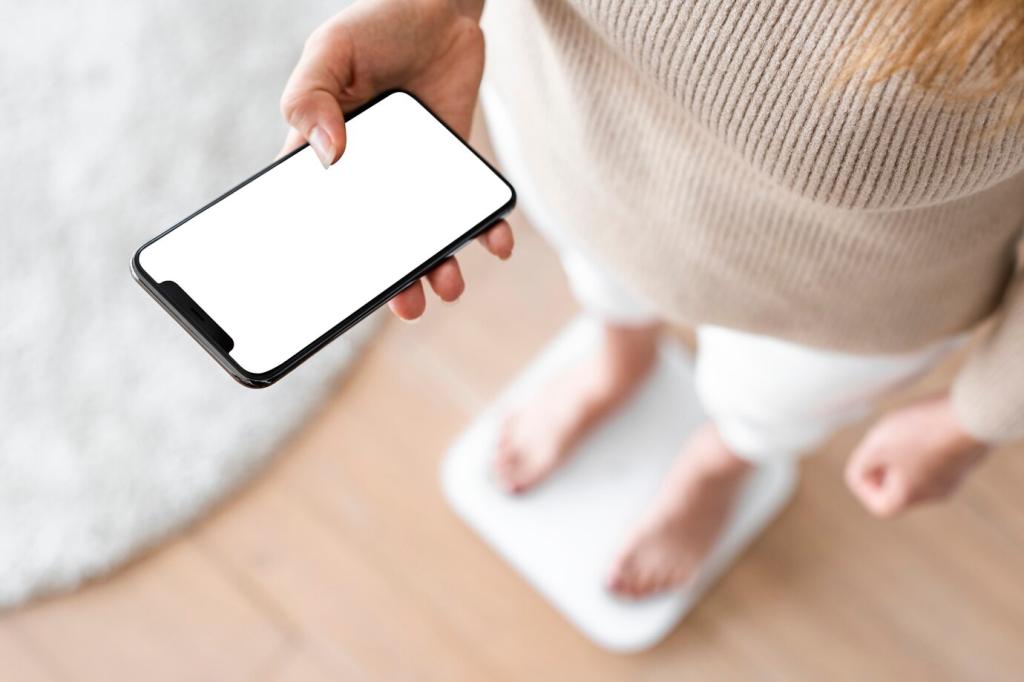
Smart Lights That Dim with Dusk
Program lights to warm and dim automatically, guiding your body toward night without effort. A slow fade is a powerful cue. Comment if you have tried circadian lighting, and tell us which schedules feel most natural to you.
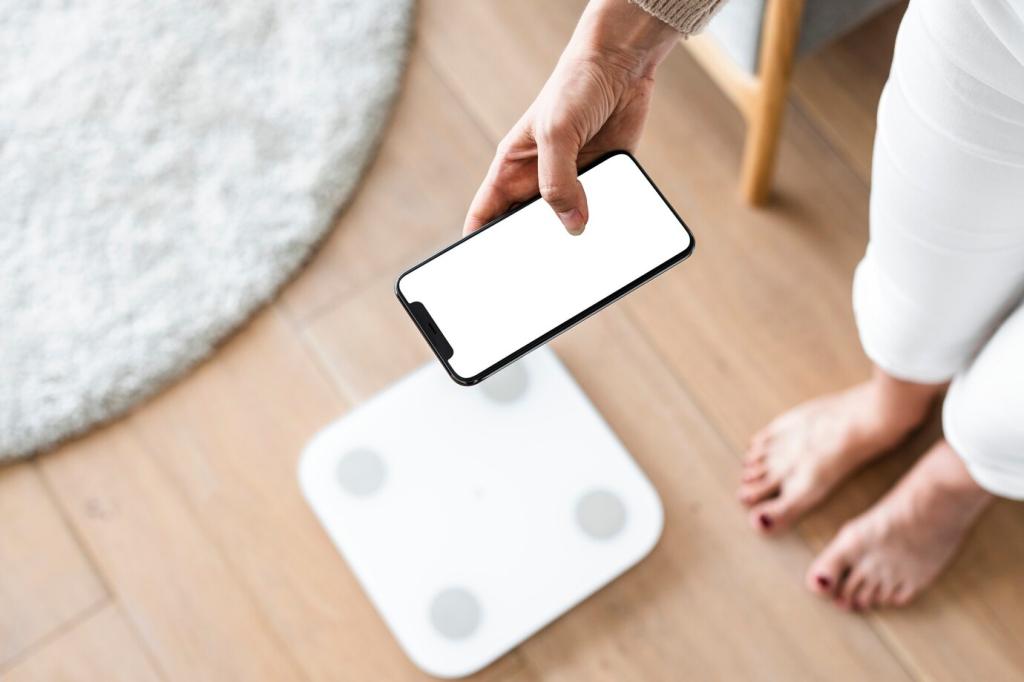
Timers, Focus Modes, and Gentle Automation
Set phone focus modes to silence apps, auto-enable grayscale, and start a wind-down playlist at the same time nightly. Automation removes willpower from the equation. Subscribe for a step-by-step setup guide for iOS and Android.
